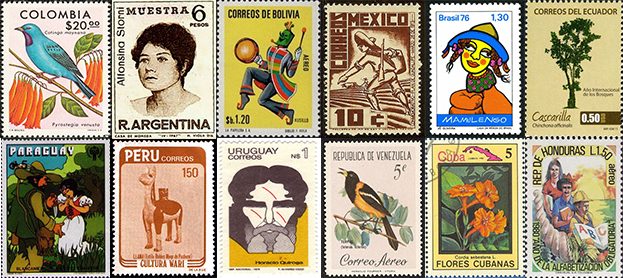Arturo Arias’ “Guatemala 1954-Funeral for a Bird” develops under a context where Guatemala is again deprived of sovereignty and self-determination. Guatemala is a majority working-class and Indigenous nation, two continuously marginalized identities by upper-class and Western societies. But hope this marginalization would end seemed plausible with Jacobo Árbenz’s rise to power. Unlike most Guatemalan leaders before 1951, Árbenz sought to grant power to historically ignored national communities. Guatemala followed a pattern of “Caudillo” rule, defined by militant and strict governmental policies prioritizing foreign and upper-class interests at the expense of the rest of the nation. Hence, once Árbenz ambitiously began to reform inequalities in the country, Guatemalans saw political and economic representation as a growing reality. Specifically regarding land redistribution, as land ownership provided a great deal of autonomy and liberation. Yet, this working-class and Indigenous re-claim of power quickly threatened U.S. interests, and by 1954, Árbenz, a symbol of hope, was deposed, and upper class and foreign companies usurped power.
With this context in mind, Arias’ story seems to be an ode to the death of a dream that was close to realizing before foreign intervention and greed destroyed it. In the story, Maximo, the protagonist, and the other kids are holding a funeral for a bird. But I would like to believe the bird symbolizes Guatemala or Árbenz’s reforms, and in reality, they are having a funeral for Guatemala’s lost hope towards a more equitable society. The boys’ intense emotions are perhaps how Arias wanted to reflect that Guatemalan future life is again succumbed to living under the same exploitative conditions they have been living in since the institution of colonialism. Thus, the “bird’s” funeral is emotional because it represents the burial of a free Guatemala, where working-class and Indigenous sovereignty were plausible and where those who worked the land owned the land.

Your title was so striking to me, Andrea, and I find your interpretation of the bird as a symbol of Guatemala’s lost self-determination to be both persuasive and moving. I wonder if there is any space for hope in the the sudden appearance of the bird? Despite its death and the need to bury it, might its mere appearance after 5 years of Máximo never seeing a bird signal a sort of hope despite the circumstances?
Perhaps the bird symbolizes that the kids are now in charge of the hope for a sovereign Guatemala? Having the youth of Guatemala hold a funeral for the bird, which I believe represents the hope their elders had for the nation, means that now the future of Guatemala is up to them. Especially considering that the only adults mentioned are either dead or disappeared. At the end, the elder who shows up advises them on how to carry out a funeral traditionally, maybe as a means of preserving local culture. He recognizes that ultimately, the nation’s future depends on actions kids like Maximo will take. Also, considering the coup and some of Guatemala’s instability is caused by foreign influence, elder advice to the kids reinforces the importance of cultural continuance and resistance to Westernization. But maybe that last part is a bit of a stretch.
Furthermore, for Maximo and the rest of the kids, the bird introduces the conflict. They had seen the bombs and corpses with normalcy, but once they come across the bird, they realize the violent environment in which they are. For the kids, this creates a consciousness of the severity of Guatemala’s situation. Although they are still young to pursue action, in the future, perhaps they will understand, through the bird, that the tragedy surrounding them was not normal. This provides hope for the reader that in the future when Maximo and other youth process their grief, they will work to avoid a future in which Guatemala has to go through that again.